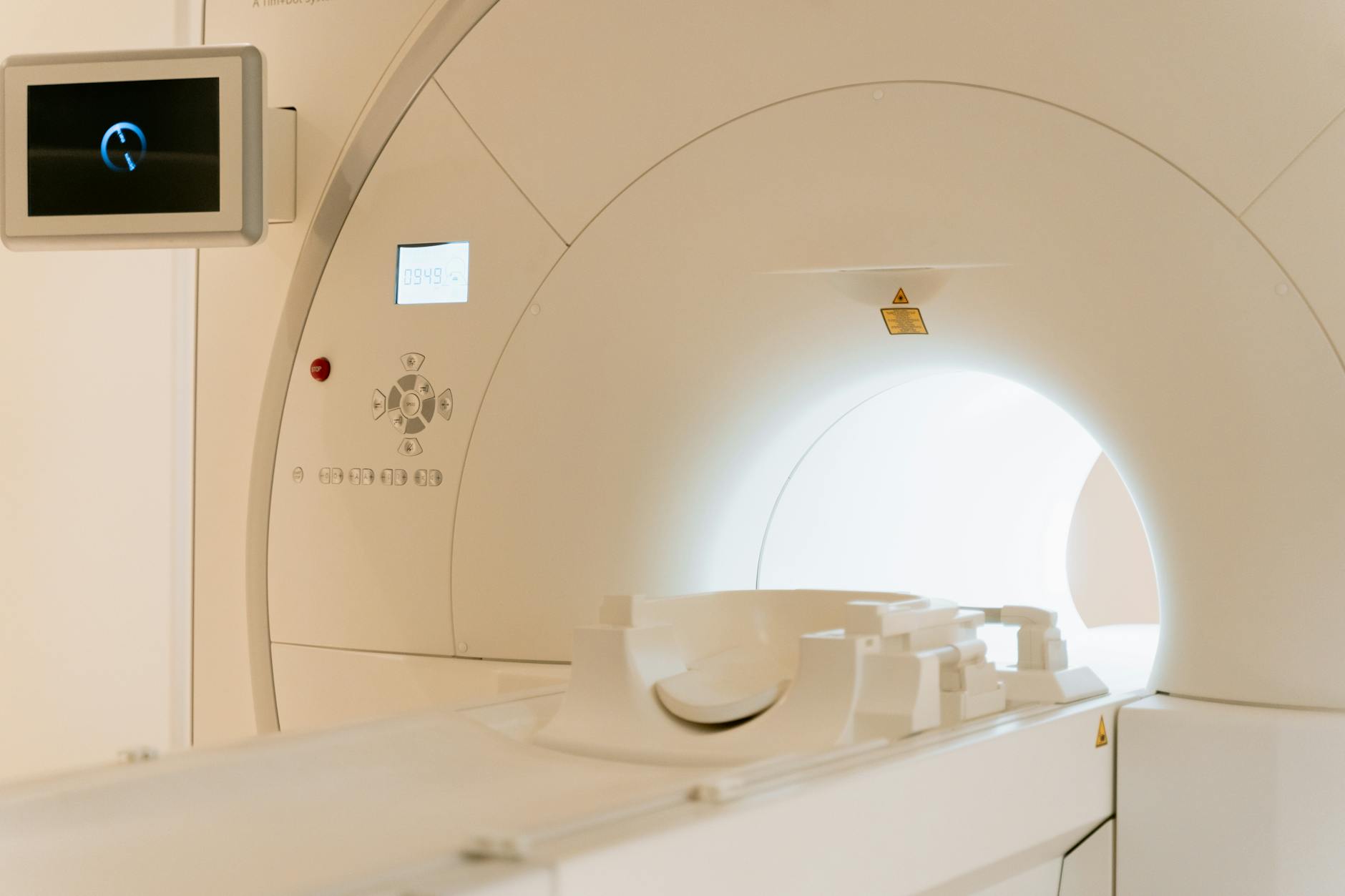How to Choose the Perfect Sound Equipment for Your Projects in Australia

Identifying Project Needs
Creating an unforgettable and impactful event begins with identifying its core needs, a process reminiscent of perfectly calibrating a soundscape at Melbourne's Federation Square. Here, not only is the energy of the environment considered, but also the intricate dance between technology and ambience. A document camera, while commonly found in classrooms, can serve as a dynamic tool in this setting to project detailed visuals, lending a touch of innovation to presentations or live demonstrations.
Event Type Considerations
Different types of events demand tailored approaches. A corporate seminar will have vastly different requirements compared to an intimate musical recital or an outdoor celebration, such as those in Fitzroy's vibrant music venues. Understanding this distinction is key. A wedding might benefit from the seamless connectivity of a universal remote, allowing smooth transitions between charming video presentations and melodic interludes.
Indoor vs. Outdoor Requirements
The choice between indoor and outdoor venues also plays a significant role in shaping the technological setup. Outdoor setups necessitate weather-resistant gear, such as robust outdoor speakers, which are designed to withstand Melbourne’s unpredictable climate while delivering crystal-clear sound to guests whether bathed in sunshine or under an unexpected drizzle.
Audience Size Impact
Finally, the size of the audience greatly influences equipment selection. A large crowd, much like the gatherings at Melbourne Recital Centre, calls for a sophisticated audio arrangement to ensure sound travels without distortion. Whether orchestrating a small gathering or a grand assembly, identifying specific needs ensures that technology harmoniously aligns with the event's unique essence.
Exploring Sound Equipment Types
For any event, choosing the right sound equipment is critical to achieving the immersive experience you're aiming for. As we delve into sound equipment types, let's focus on loudspeakers. Quality loudspeakers are essential for projecting clear and expansive sound. In my own experience working near the lively music venues of Fitzroy, I've learned that the dynamics and tonal quality of loudspeakers can make or break an event's atmosphere.
Overview of Speakers
Selecting the right loudspeaker is contingent on several factors, including the venue size and event type. For outdoor settings, you may want robust speakers designed to cover larger areas, while indoor events like art showcases at Melbourne Recital Centre might benefit from more nuanced, detailed sound. Evaluate the speaker's frequency range and energy output to match the characteristics of your venue's acoustics.
Microphone Options
Microphones are another essential component of your sound setup. Consider directional microphones for environments with unsteady sound, such as bustling venues. Quality microphones can differentiate between a seamless blend of dialogue and music and a clash of overwhelming sound.
Amplification Systems
Finally, amplification systems are crucial to ensure all sound elements are balanced. A reliable amplifier provides the necessary power to enhance speaker output, ensuring clarity and reach. In concert with home projectors and acoustic panels, these elements can elevate the auditory experience to mirror the high-quality acoustics found in renowned installations around Melbourne, such as Federation Square.
Choosing the right sound equipment requires careful consideration but understanding these basics will guide you in creating unforgettable events with superior acoustic quality.
Evaluating Acoustics
Understanding Venue Acoustics
When it comes to understanding venue acoustics, it's crucial to consider how sound interacts with the environment. Even in venues like the iconic Fitzroy music spaces, where sound travels beautifully, you need a keen awareness of how acoustics will affect the listener's experience. Key factors include room dimensions, shape, and the materials used on surfaces such as walls and ceilings. These elements will impact reverberation time, clarity, and sound distribution.
Acoustic Enhancement Tools
For enhancing acoustic performance, tools like diffusers and absorbers are essential. Diffusers scatter sound waves, reducing echo and maintaining the liveliness of sound, while absorbers minimise reflections and excessive reverberation, improving clarity. Installing a motorised projector screen with acoustic fabrics can also absorb stray sound reflections, enhancing the overall experience. The Melbourne Recital Centre, known for its excellent acoustics, employs a mix of these techniques to create a rich auditory environment.
Equipment Placement Tips
Strategic placement of your AV equipment will further optimise acoustics. Position speakers at ear level and ensure they are spaced evenly to provide consistent coverage throughout the venue. The choice of mixer and amplifier is also pivotal in maintaining sound quality. For instance, deploying integra equipment, known for its precision and control, can help you achieve a more balanced sound profile. Careful consideration of cable management and avoiding overlaps between different audio sources will also contribute to a cleaner audio output.
Collaborating with AV Experts
When planning a standout event, collaborating with AV experts is essential to achieving the ideal sound environment. Start by choosing a vendor that aligns with your needs; those who have solid experience with broadcast solutions can be invaluable. Whether it's a boutique gathering at Federation Square or a sprawling gala, the right vendor understands both large-scale and niche audio needs and can make recommendations based on the unique characteristics of your venue.
Once you’ve selected a vendor, the next step is communicating your vision. Audio systems are not just about sound; they create an immersive atmosphere that resonates with your theme and aesthetic. Be thorough in explaining your desires, such as integrating recording equipment if your event features live performances or immersive soundscapes. Sharing mood boards, visual aids, or even playlists can bring your vision to life, ensuring everyone is on the same page and ultimately aligning the technology with the artistic goals of your event.
Despite careful planning, issues may arise during set-up or execution. Therefore, it is crucial to discuss common troubleshooting scenarios with your vendor beforehand. This may include fine-tuning sound levels or adjusting equipment placement to manage unforeseen venue acoustics. With the right preparation and expertise, potential problems can be swiftly resolved, ensuring the auditory experience is both seamless and memorable.
Best Practices
Achieving Perfect Integration
The soul of any remarkable audio project lies in its perfect integration. As a sound designer in Melbourne, I’m always inspired by our vibrant music venues in Fitzroy and the seamless way they blend tech with artistry. To achieve this, it is essential to synchronise equipment setups with project needs, which allows each component to work harmoniously. For instance, marrying the right amplification systems with tailor-made PA system hire in Melbourne can amplify clarity, ensuring each note is felt as if you’re right at Federation Square. Start with a thorough reconnaissance of your venue, focusing on acoustics and other environmental variables to forego any unexpected hiccups.
The Art of Testing and Adjustments
Testing might just be the most mission-critical part of any sound project. Akin to a musician fine-tuning their instrument, fine-tuning your equipment can render an impactful performance. I always recommend conducting multiple test runs in diverse conditions, just like acoustic installations at the Melbourne Recital Centre demonstrate precision. During these tests, probe for any feedback or drops in sound quality and make necessary tweaks. Portability of settings on mixers and speakers can aid in replicating the desired output across different environments, solidifying the foundation for successful audio delivery.
Staying Informed about Audio Trends
Nothing keeps a sound designer on their toes quite like staying abreast with audio trends. In today’s fast-evolving world, harnessing newer technologies like digital signal processing (DSP) or exploring applications in spatial audio can be a game-changer, much like an unexpected live act on a Fitzroy stage. Keeping yourself informed through workshops and industry expos opens avenues for innovative solutions. Such knowledge empowers you to overlay traditional techniques with cutting-edge developments for a rich sonic experience that captivates your audience.


